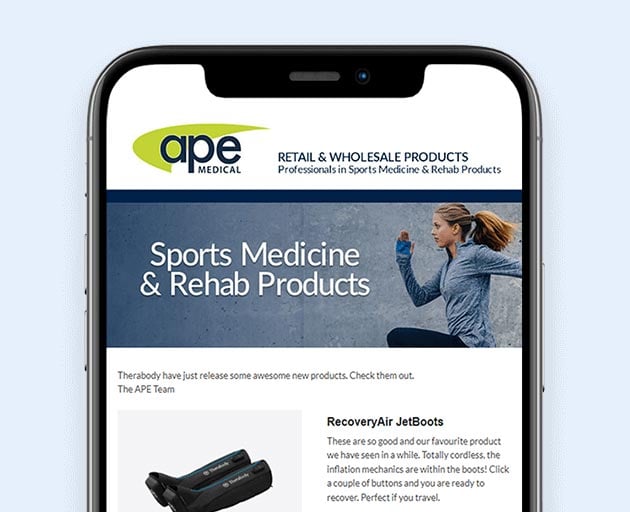Strapping is an artform that takes time and practice to master. There are however key tips and taping procedures that apply to any taping technique to ensure taping effectiveness and player safety. Ensure you follow the below key points to maximize your strapping effectiveness.
Aims of Strapping
- Prevent injury
- Reduce the severity of injury
- Provide support
- Limit pain
- Limit specific movements at a joint
- Allow desired movements at a joint
- Provide Proprioception
General Taping Tips
- Have all taping materials prepared and easily accessible
- Learn to tear rigid tape with fingers and thumbs or pre-cut required lengths of tape
- Narrow strips of tape are easier to apply than wide strips and have more combined strength and conform easily to irregular shapes
- When bandaging or taping, overlap ½ to 2/3 of the previous strip of tape to ensure strength and even application
- Never use tape directly over a skin infection, seek medical advice first
- Complete all taping before doing any pre-event massage
General preparation
- Clean hands: make them free form any oils or creams.
- Position: patient and trainer in a comfortable position to ensure an even application i.e. a treatment table is best
Preparation of the area
- Skin should be clean and dry with no dirt, oil or lotions
- The area should be shaved at least 12 hour prior to taping
- Use spray adhesive if wet weather or if oily skin
- Use underwraps if skin allergies ie foam underwrap or hypo-allergenic undertape
- Where possible tape directly onto the skin to obtain maximum support
- Use an underwrap or micro-foam to protect pressure sensitive areas eg achilles tendon, anterior ankle.
Strapping technique
- Choose right tape for the job. Check out our guide to strapping tapes for more info
- Before commencing strapping the body part you need to think about what you are aiming to achieve with the tape.
- Place the joint in the appropriate shortened position
- If taping over a muscle allow for contraction and expansion of the area
- Avoid continuous taping and tourniquet effect
- Overlap the tape by at least ½ width of previous layer
- Tape from the roll whenever possible
- Lay tape on skin- don’t pull it
- Avoid wrinkles
Post Strapping Checks
- Check for reduced circulation- pinch big toe
- Check for tingling and pins and needles
- Check for stability of taping- quick functional test
- Check for any pressure areas of tape
- Should not be painful
Removal of Tape
- Use tape scissors to reduce skin injury
- Don’t pull the tape at 90 degrees to the skin or remove it too quickly.
- Hold skin in-front of the tape as you pull tape off and pull the tape back on itself keeping the removed tape parallel to the skin surface.
- Don’t “yank” tape of quickly, especially if skin is waterlogged
- Remove any residual adhesive with tape remover.
- Use a skin conditioner frequently if taping regularly
Check out all our strapping demos here. There’s a huge library of rigid tape and kinesiology techniques.






